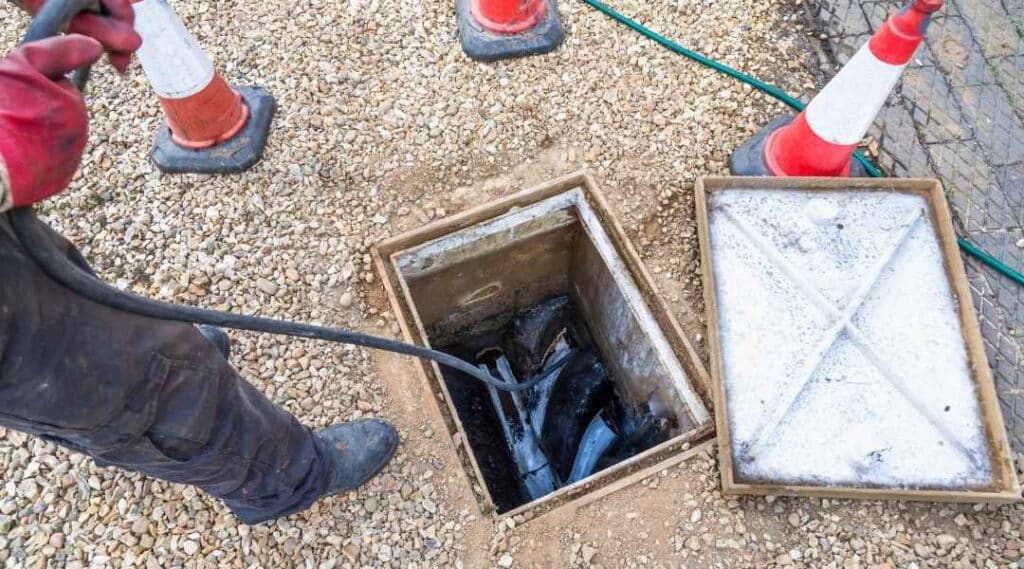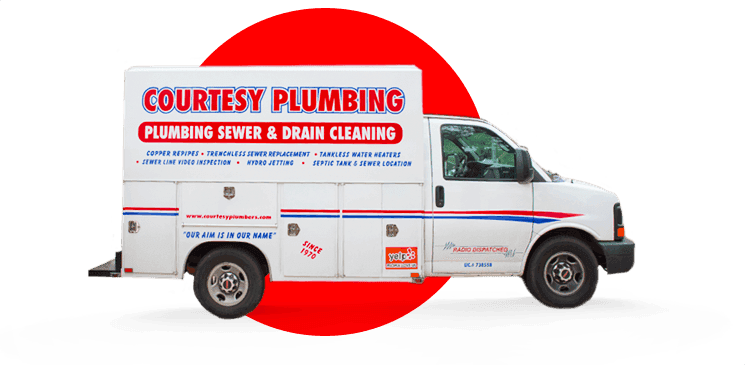Keeping your sewer line in top condition is less daunting than it may seem, especially with the help of regular video inspections. By identifying issues early through these detailed checks, you dodge much bigger headaches down the road. Keys to this proactive approach include not just checking internally via the camera but also watching what goes into your drains.
Like avoiding fats, oils, and non-flushable items that can clog or damage pipes. Remember too how essential it’s to manage tree roots; they’re notorious for invading sewer lines seeking moisture. Transitioning smoothly from preventive measures, let’s explore how technology revolutionizes maintenance practices without upending your backyard peace.
Regular Sewer Line Video Inspections
Regular inspections are a must to keep your sewer line in mint condition. Gone are the days of disruptive trenches across your yard for a mere look at the pipes. Now, plumbers use cameras to peer into your sewer line with minimal fuss.
This approach spots issues that naked eyes or traditional methods might miss. Like hairline cracks or sagging sections in pipes which could eventually cause leaks or blockages if not addressed early on. Joints shifting due to ground movement?
A sewer line video inspection will catch that, too, before it becomes a bigger headache. These high-tech checks can often fix problems with just high-pressure water jetting; however, some cases may require more extensive repairs.
Avoid Flushing Problematic Items
When you flush problematic items down the toilet, it can cause serious harm to your sewer line. Items like wipes, feminine hygiene products, and even thick paper towels don’t break down easily. This leads to blockages that strain your system.
If a block gets severe enough, it might crack or burst your pipes underground. Imagine a small leak under your house turning into a void over time; this could seriously damage your foundation with cracks or settlements. Even leading to sinkholes in extreme cases.
Spotting septic sewage pooling in your yard? That’s an alarming sign of broken sewer lines beneath. It doesn’t end there.
Rodents love damaged sewers, too, since cracked pipes offer them easy access inside homes from where they’re most unwelcome, so before reaching out for DIY fixes on minor clogs or ignoring what seems like occasional flushing issues, consider professional inspection promptly after noticing these signs.
Maintain Trees Near Sewer Lines Carefully
Carefully maintaining trees near sewer lines is vital. Tree roots can infiltrate and damage pipes, leading to costly repairs. To prevent this, plant new vegetation at least 10 feet away from these pipelines.
Regularly check for root invasion in existing nearby trees. Utilize root barriers or chemical treatments as deterrents against encroaching roots, aiming for your sewers’ moisture and nutrients. In older homes with vulnerable clay or concrete pipes, consider upgrading to modern PVC materials that resist tree-root penetration more effectively.
This proactive approach not only safeguards your home’s underground infrastructure but also spares you the headache of unforeseen sewage problems down the line.
Prevent Fat and Oil Buildup
To prevent fat and oil buildup in your sewer lines, start by being mindful about what goes down the drain. Cooking fats, oils from meats, dairy products, sauces, and even certain beauty products are culprits behind clogs, instead of washing them down the sink or toilet.
Where they harden and block pipes. Pour excess grease into a metal can rather than letting it go down the drain; this lets it solidify for proper disposal in trash bins.
Additionally, employing simple weekly cleaning routines like flushing drains with boiling water or using baking soda followed by vinegar helps keep those pipes clear without resorting to harsh chemicals that damage sewer systems over time.



